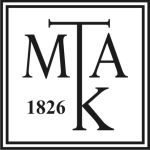Az örökbefogadás Magyarországon 1946 előtt és az örökbefogadás gyakorlata Baranyában
DOI:
https://doi.org/10.15170/DIKE.2018.02.01.06Kulcsszavak:
codification, status of children born out of family, status of children born in marriage, adoption, contract of adoption, appointment of an heir, legitimizationAbsztrakt
The legal institution of adoption had several aims to achieve in the course of time: appointment of an heir, transfer of name, title and foundation of family. At the time of world wars except for the appointment of an heir the most important financial and moral object of adoption was to insure family for the orphan children whose fathers did not come back from war and whose mothers were not able to bring them up. From 1946 the adoption was one of the instruments of legitimization by giving opportunity for children born out of marriage to get an equal legal status to the children born in family. In my study I describe the legal status of children born out of family in Hungary according to the Draft of the first Civil Code (1928) and through the instrument of legitimization in the Statute of 1946. My essay is based on the records of the Hungarian National Archive in Baranya County and the documents found in Pécs City Chancery. During my research I examined 118 adoptions in the related contracts and reports.
Downloads
Megjelent
Hogyan kell idézni
Folyóirat szám
Rovat
License
Open Access politika: A folyóirat nyílt és korlátlan hozzáférést biztosít a tartalmához. Bárki jogosult a közzétett tartalmak letöltésére, felhasználására, nyomtatására, terjesztésére és/vagy másolására a nemzetközileg elfogadott tudományetikai normáknak megfelelően.
A folyóirat (Kiadó) szabadon elérhetővé és letölthetővé teszi a cikkeket saját hivatalos, kiadói honlapján, időbeli korlátozás nélkül. A cikk első közzétételének joga kizárólagosan a Kiadót illeti. A Szerző elfogadja, hogy a Kiadó a cikket oly módon teszi közzé, hogy a cikk felhasználási jogaira bármely harmadik fél számára az első közzétételt követően a Creative Commons Attribution-NonCommercial-SharAlike 4.0 (CC-BY-NC-SA 4.0) licenc feltételek az irányadók. A Kiadó e licensz keretében átalakíthatja a cikket tetszőleges elektronikus formátumba, a cikket számítógéppel vagy elektronikus adathordozóra másolhatja. A Kiadó a cikk közlési és felhasználási jogát megoszthatja bármely harmadik féllel, illetőleg e jogokat bármely harmadik féllel közösen gyakorolhatja. A Kiadó a Szerző nevében felléphet a cikkel kapcsolatos jogsértések, jogtalan felhasználás és szellemi tulajdon sérelmét jelentő magatartások esetén. Gyakorolhatja mindazon jogokat, amelyeket a fent megjelölt „CC BY NC SA 4.0” licenc feltételek lehetővé tesznek harmadik felek számára.










